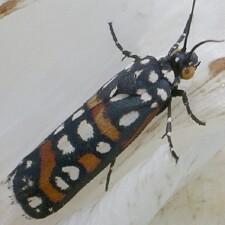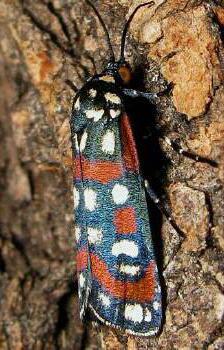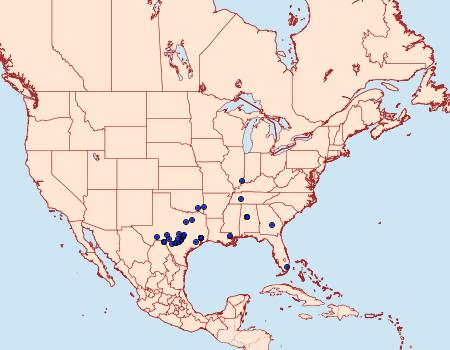
|

Digital Guide to Moth Identification |

|
|
Noctuidae
931732.71 –
8999 Cydosia aurivitta
Grote & Robinson, 1868
|
||||||||
| Photographs are the copyrighted property of each photographer listed. Contact individual photographers for permission to use for any purpose. | ||||||||
|
||||||||
|
||||||||
| References (Caution: DNA barcoding at BOLD provides evidence of relatedness, not proof of identification; some BOLD specimens shown may not be sequenced.) | ||||||||
|
||||||||
 © Mike Quinn  © Valerie G. Bugh  © Valerie G. Bugh  © Mike Quinn |
||||||||
 Form aurivitta - 22mm – © Jim Vargo  Form imitella - 22mm – © Jim Vargo |
||||||||
 © Valerie G. Bugh |
||||||||
Moth Photographers Group at the Mississippi Entomological Museum at the Mississippi State University
Send suggestions, or submit photographs to Webmaster — Moth Photographers Group
Database design and scripting support provided by Mike Boone


